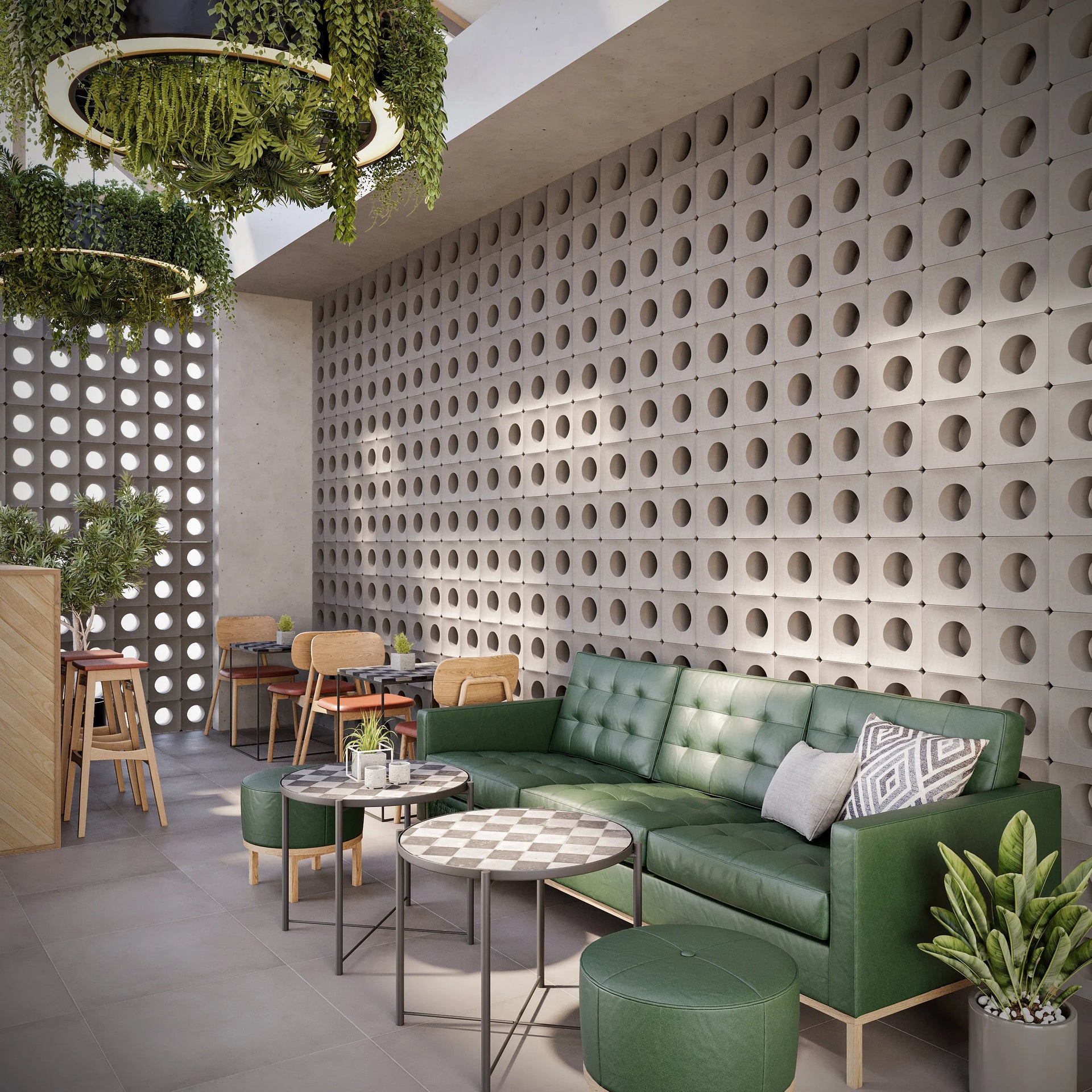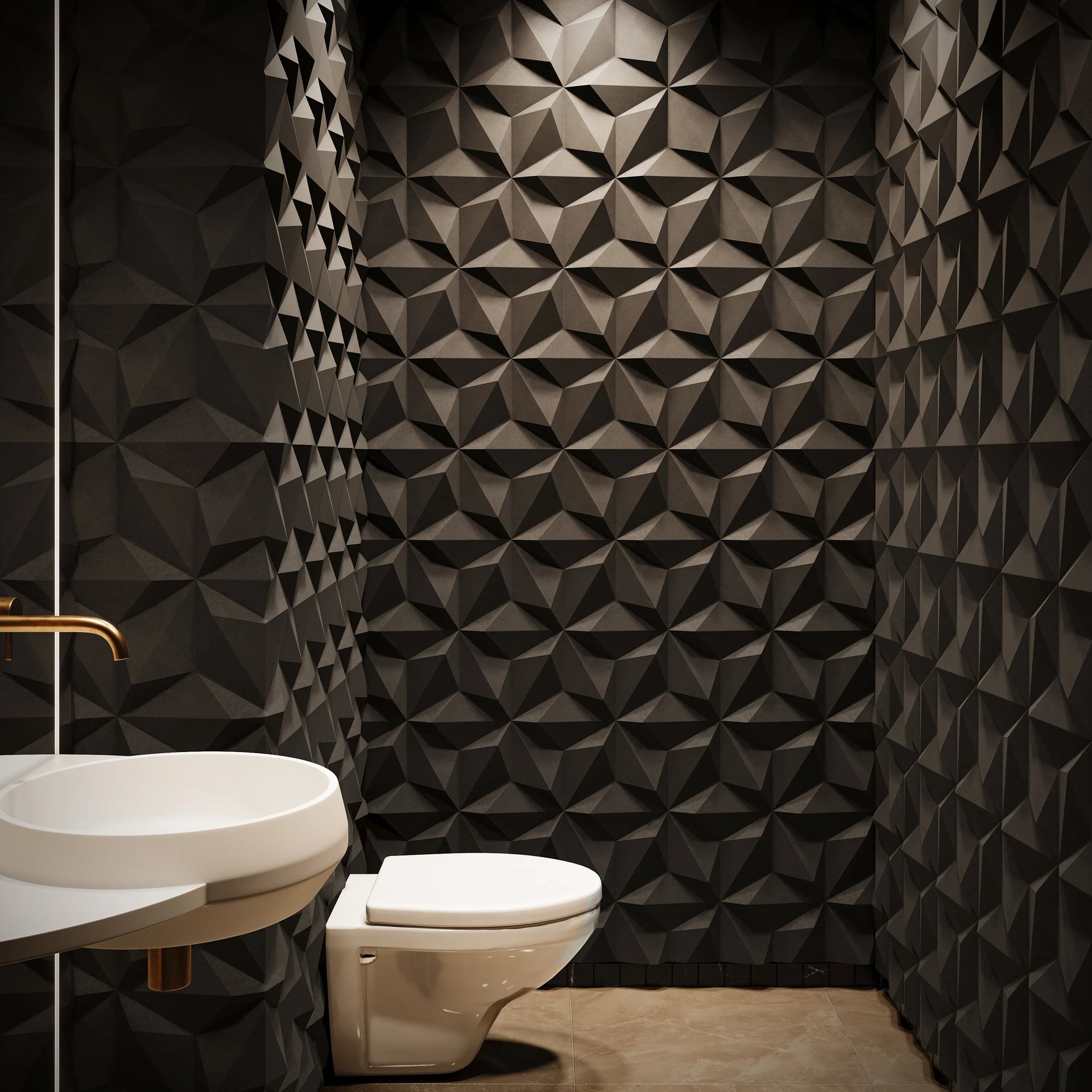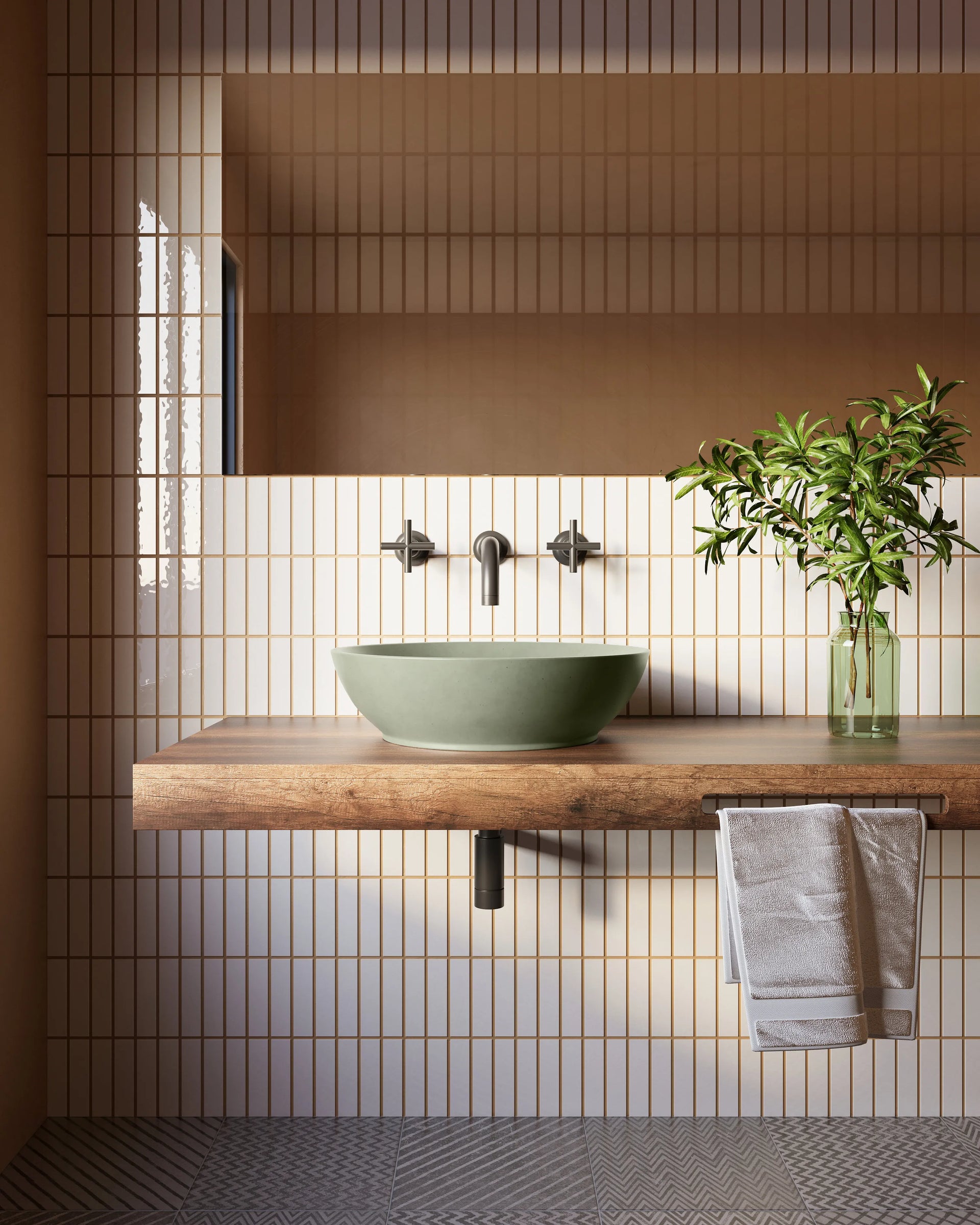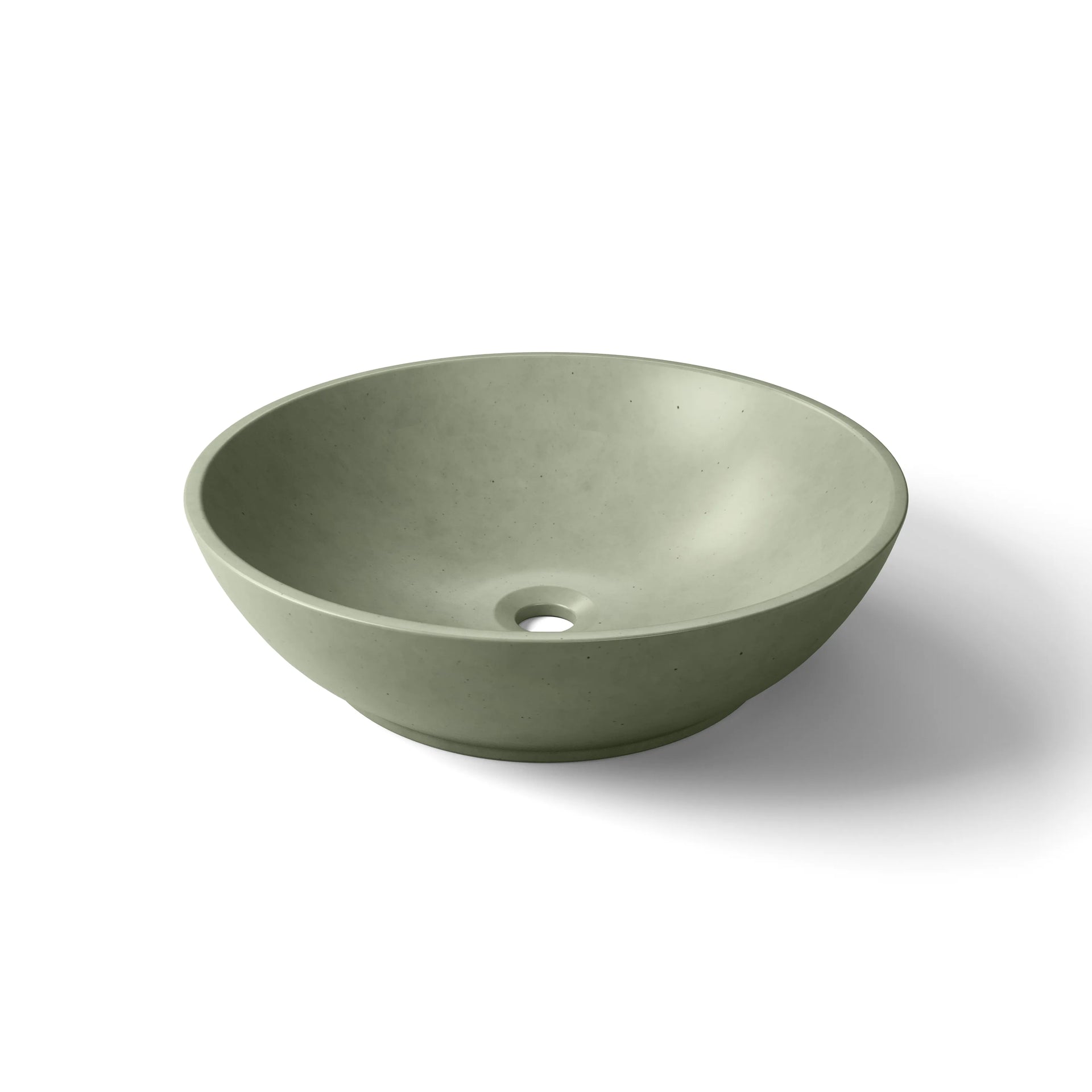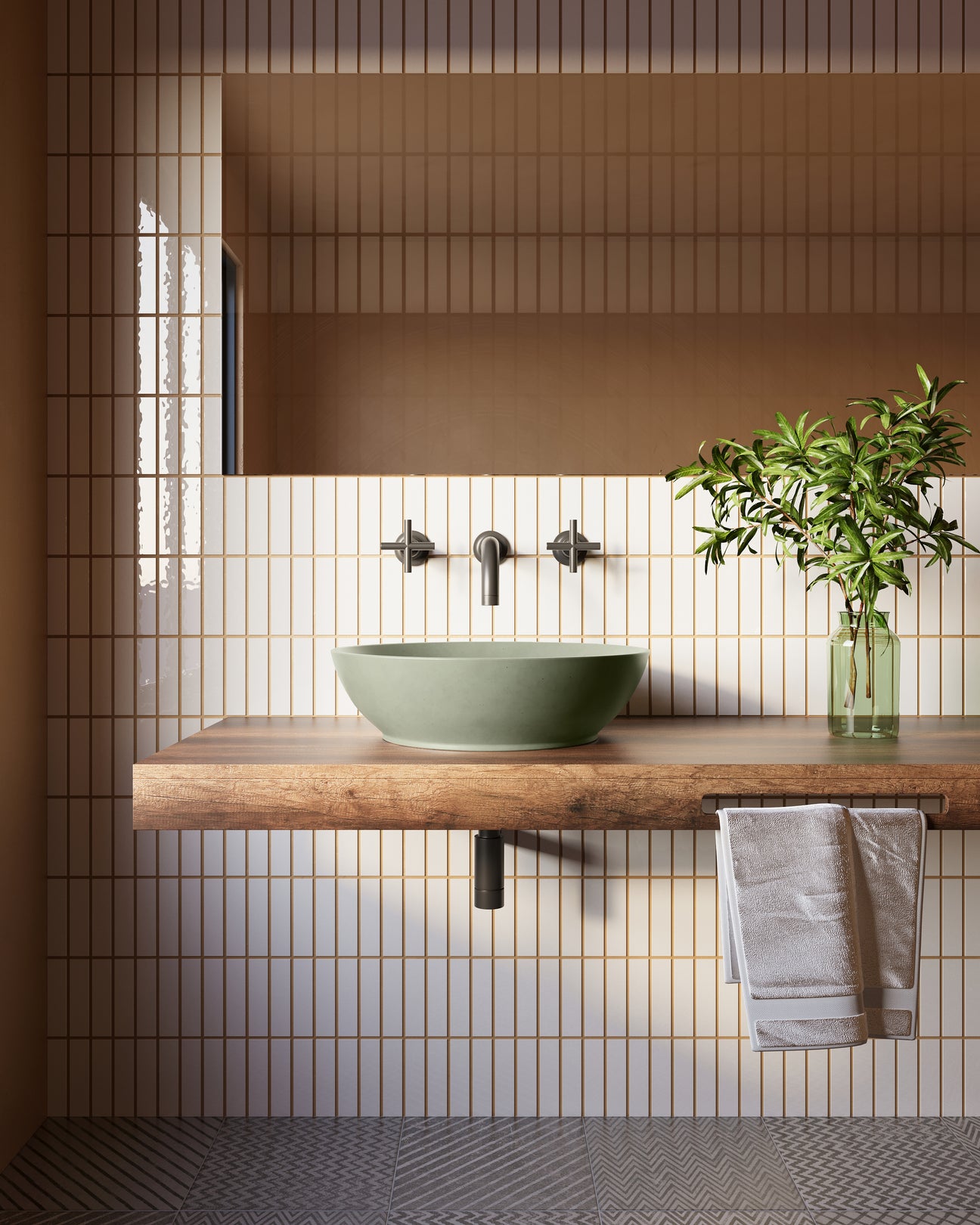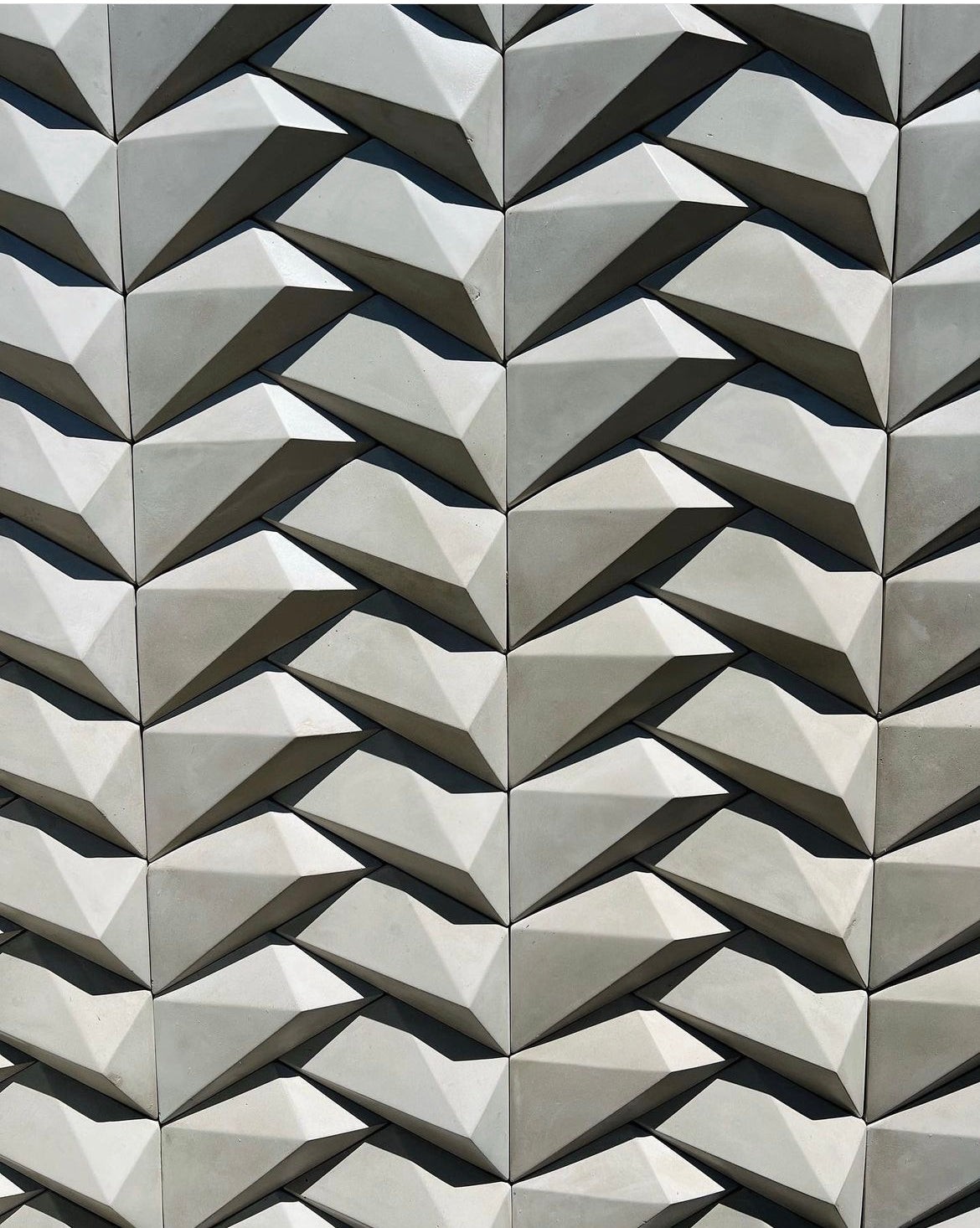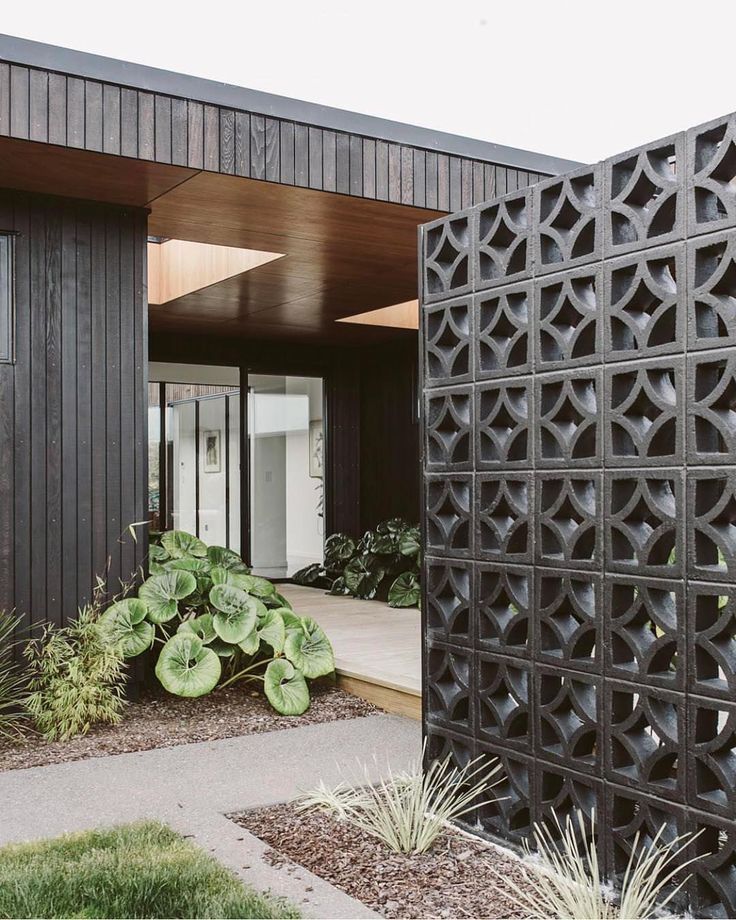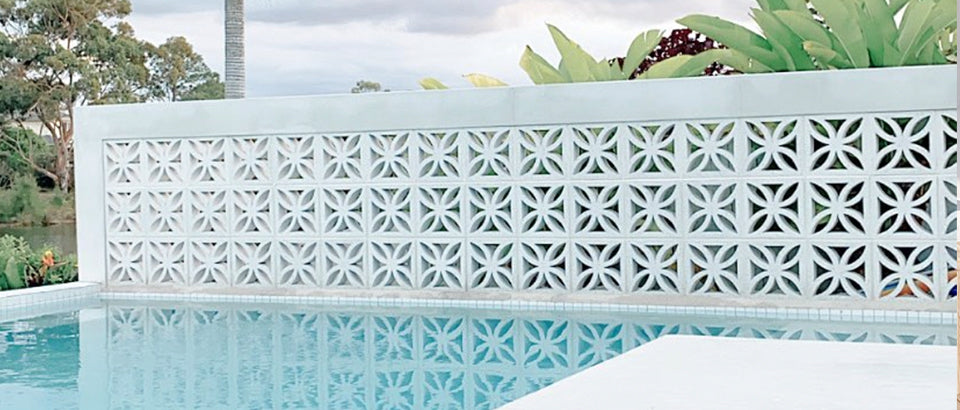What Are the Benefits of Breeze Blocks for Ventilation?
Enhanced Air Circulation
The hollow structure of breeze blocks allows cross-ventilation. According to ASHRAE (2021), proper ventilation can reduce indoor pollutants by 45%, contributing to healthier environments.
Energy Efficiency
HVAC systems account for about 48% of a building’s energy use (U.S. EIA, 2020). By enabling natural ventilation, breeze blocks reduce energy costs, particularly in warm climates.
Promotion of a Healthier Environment
Cross-ventilation reduces pollutants and allergens indoors. The World Health Organization (2019) highlights ventilation as a critical factor in reducing respiratory disease risk.
Case Study: Palm Springs City Hall
Palm Springs City Hall, designed in the 1950s, used breeze blocks to combine ventilation benefits with distinctive modernist aesthetics, proving their enduring relevance.
Expert Insight
“Breeze blocks serve as an aesthetic and practical solution for building design. They let in light and air while maintaining privacy and security.” — Dr. Sarah Lawrence, UC Berkeley
Conclusion
Breeze blocks promote airflow, cut energy use, and enhance health while adding unique character to buildings, making them a versatile architectural element.
FAQ
How do breeze blocks improve airflow?
Their hollow design enables cross-ventilation, refreshing indoor spaces.
Do they help reduce energy bills?
Yes. Breeze blocks reduce reliance on HVAC systems, cutting costs.
Are breeze blocks still used in modern design?
Yes, they remain popular in both residential and commercial architecture.


